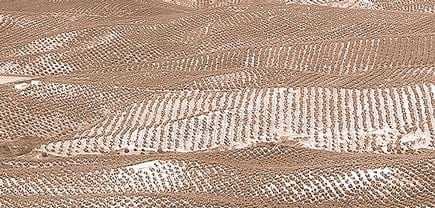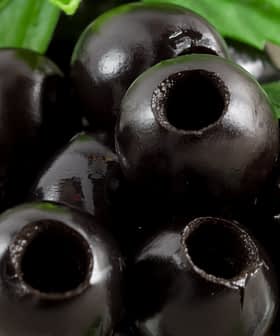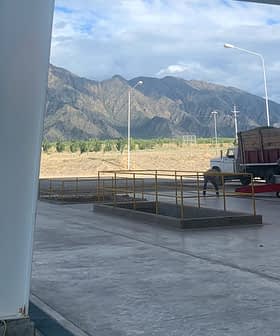
It’s autumn in Jaén, the center of world olive oil production, but unrelenting heat and four months without rain has fueled talk of a 30 percent fall in its olive harvest this year.
According to Ideal.es, the usual start of picking is imminent but the state of olives in rain-fed plantations – which form 60 percent of the sector – is worrying.
It’s a period in which the crops need moisture, which is no problem for the approximately 250,000 hectares with irrigation (be it legal or illegal), but another 306,000 hectares in Jaén rely on rain.
Biologist Emilio Torres says the appearance of the olives is the best evidence of what is happening. “The temperatures are very high for this time of year and there’s no water, the two factors that most influence lipogenesis, the phase in which the olive produces oil, so it’s not occurring in the optimum way.”
The current situation was also posing problems for producers of “gourmet” oils. They normally started to harvest in the second half of October but in areas such as Martos they were having trouble locating plantations with suitable olives, he said.
The EFE news agency reported that agricultural organization COAG said Córdoba and Sevilla also needed rain. If it didn’t fall in the next ten days regional production could be down 25 percent overall, as much as 30 percent in Jaén and it was already about 20 percent lower in Córdoba, the trade group said.
And things are worse in Catalonia, according to the Unió de Pagesos, a farmers’ union. Drought was severely affecting many shires and had already caused the loss of half of the expected olive harvest, a cost of 18 million euros ($24 million). The harvest of the olive varieties Farga and Sevillenca had pretty much been completely written off, alone amounting to a loss of 5 million euros ($6.8 million), reported Agrodigital.








